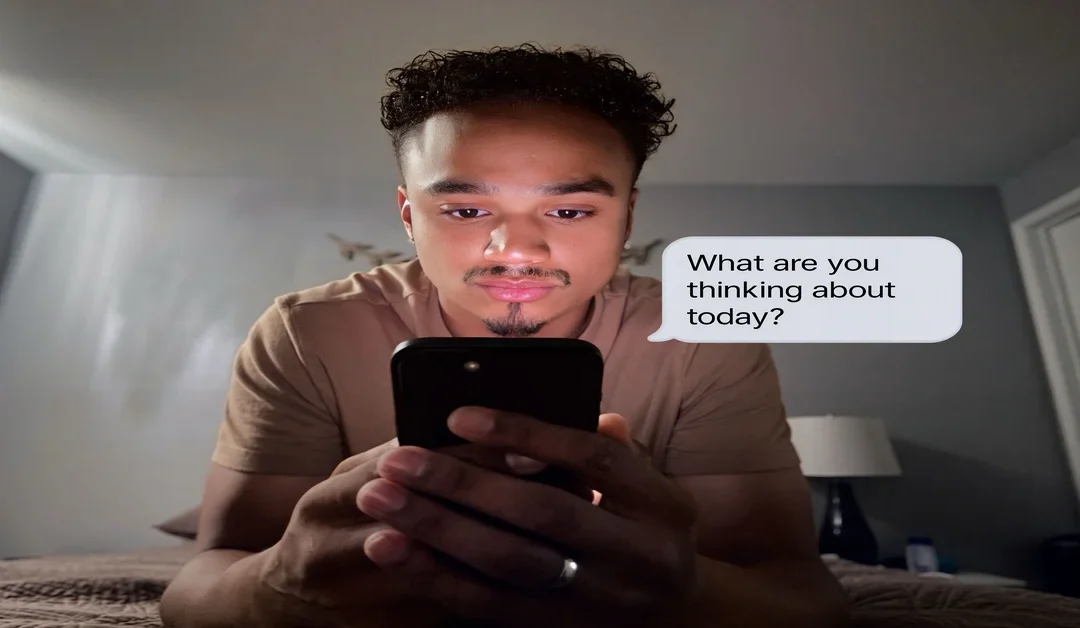If you’ve had a rough day lately, chances are you’ve either opened a meditation app or vented to a chatbot therapist named “Serenity.” Welcome to 2025, where AI therapy isn’t just trending – it’s practically becoming the go-to solution for a generation that’s overbooked, underpaid, and emotionally tapped out.
I know we’ve all seen these ads before: “Feeling overwhelmed? Talk to an AI therapist today. No waiting. No judgment.”
I mean… it doesn’t sound THAT bad. But here’s the real question I feel that no one seems to be asking:
Is it actually helping anyone?
Or are we just outsourcing our emotional processing to a digital life coach that doesn’t blink?
The Rise of AI Therapy: Instant, Affordable, and… Human?
We get it. Traditional therapy isn’t cheap. It isn’t fast. And it definitely isn’t accessible for everyone. That’s where AI therapy swoops in like the superhero of emotional convenience – minus the cape.
Apps like Wysa, Woebot, Youper, and Replika have exploded in popularity, offering everything from guided breathing exercises to text-based talk therapy that’s “trained in CBT” (Cognitive Behavioral Therapy).
No insurance headaches. No explaining your backstory for the sixth time because your therapist changed providers again.
It’s all very… convenient.
Maybe a little too convenient.
According to Grand View Researh, the global AI mental health market is projected to surpass over $5,000,000,000 by 3030. That’s not a trend – that’s a takeover.
But while everyone’s applauding the accessibility, no one’s really asking the uncomfortable question: What happens when you treat trauma like a customer service issue?
The Psychology of Why We Trust Robots with Our Feelings
Here’s what you should know these days: humans actually prefer opening up to AI in certain situations.
There’s a psychological term for it – the online disinhibition effect – where people feel safer sharing things with non-humans or anonymous platforms because it removes the fear of judgment or consequences.
When you’re venting to a chatbot, there’s no questioning or a raised eyebrow. No awkward pause. No “Hmm, let’s unpack that.”
Just clean, clinical responses like:
“I understand how you feel. Would you like to try a grounding technique?”
Comforting, right?
I mean…. I guess?
Here’s the issue: AI Doesn’t Actually Understand You
Sure, chatbots can mimic empathy. They can even sound shockingly supportive. But the reality is: they don’t know you. They have no clue if your voice is quivering or if you’re masking pain with humor. They don’t your tone when you say “I’m fine,” but you actually mean “I am not okay.”
And sometimes, that misunderstanding isn’t just annoying because they don’t understand – it’s actually dangerous.
There have been real-world instances where AI therapy apps misunderstood a user’s distress, offering monotone responses or redirecting them to generic FAQs. One user on Reddit shared that after texting “I want to disappear,” the app responded with, “Great to hear you’re doing better!” Really? That’s the last thing anyone wants to hear… let that sink in.
So What Does the Research Actually Say?
Most of the studies these days on AI therapy show that it can reduce symptoms of mild depression and anxiety, especially when using CBT-based prompts. Some users report feeling calmer, more self-aware, and better equipped to navigate daily stress.
But here’s what the studies don’t confirm:
- Long-term effectiveness
- Impact on trauma, PTSD, or personality disorders
- The risk of emotional dependence on AI
A 2024 study from Psychology Today Health concluded that AI-based mental health apps are promising – but far from being an equal replacement for human therapists. In fact, many apps explicitly state they’re not meant for crisis support or deep therapeutic work.
So, yes – AI therapy can be part of the solution. But it’s not the solution.
When AI Therapy Makes Sense
Let’s not throw the whole idea out. Here’s when AI therapy is actually helpful:
- For emotional journaling
- To practice mindfulness exercises
- For those who are completely new to mental health tools
- If you’re on a tight budget and just need a place to start
But if you’re trying to slowly talk about childhood trauma, navigate grief, or deal with something like addiction or suicidal thoughts? You do need a trained mental health professional. Someone who can understand your feelings, where you’re coming from, and how to move forward.
The Cultural Obsession with DIY Everything
Let’s zoom out for a second.
Why are we even so drawn to AI therapy in the first place?
Because the culture we live in glorifies independence, optimization, and self-fixes.
Need to get fit? There’s an app.
Need to fall asleep? There’s a playlist.
Need to process your existential dread? Here’s a chatbot.
We’re living in an era where healing has to be “efficient,” where even your breakdown better fit into your Google Calendar between meetings and emails. We’re taught to be high-functioning at all costs – even if that cost is emotional disconnection.
Sometimes, it’s not that we don’t need help.
We’ve been conditioned to believe asking for it makes us weak.
It’s a Tool – Not a Therapist
So, is AI therapy helping?
Yes.
And also… not really.
It’s a Band-Aid when you might need surgery. It’s a warm bath when you might need a lifeboat. It’s a helpful supplement, but it can’t do the deep inner work that a real, breathing, trained human can do.
But in a world that’s constantly trying to distract, optimize, and “fix” us with digital duct tape, maybe the bravest thing you can do is stop scrolling, stop outsourcing, and actually feel something – for real, with someone who hears you and isn’t powered by an algorithm.
Because healing isn’t convenient.
It’s courageous.
